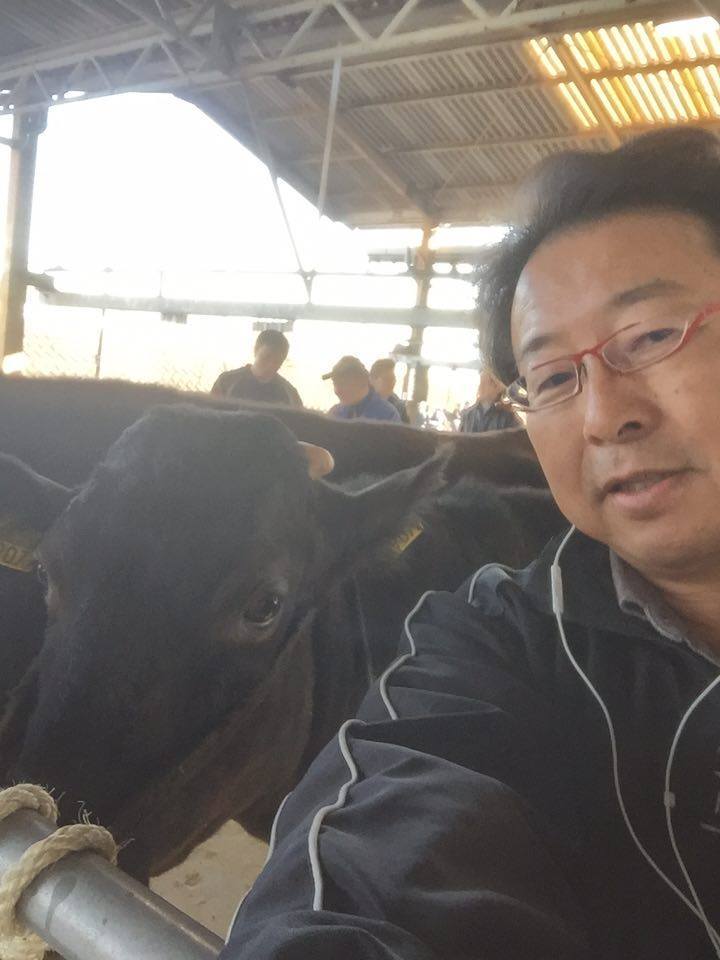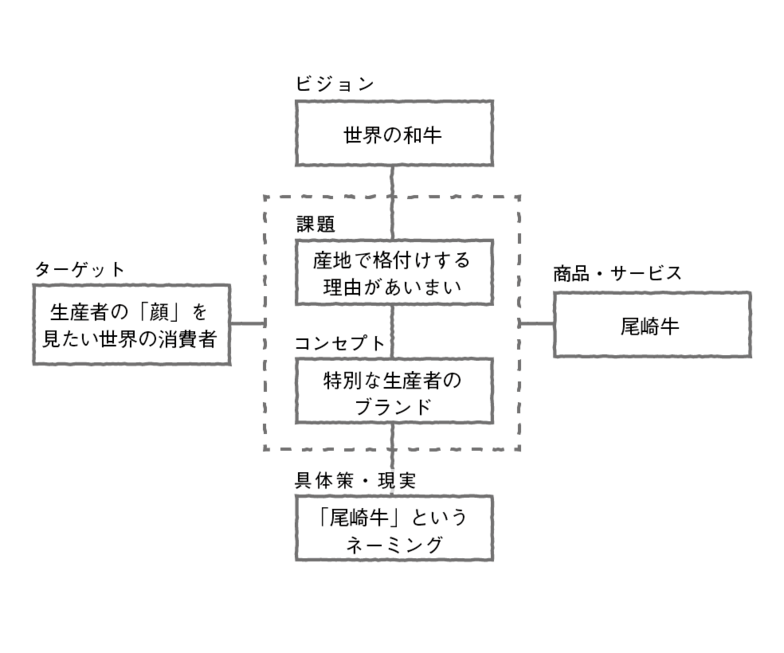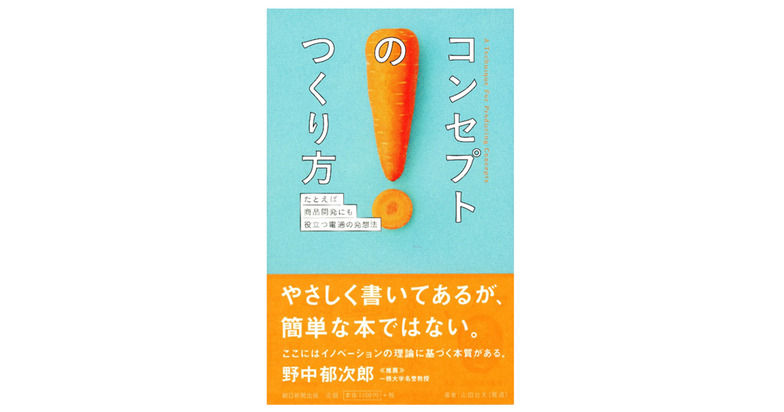When it comes to harbingers of spring, herring comes to mind. Eager to try freshly caught sashimi, I headed to Sapporo and Otaru last weekend. However, the head chef at a certain sushi restaurant informed me, "The season's already over." Once peaking in March, perhaps due to global warming, the fishing season for this fish has apparently shifted to February. Instead, I brought home pickled herring (koji-marinated) and rice bran-pickled herring as souvenirs. Whether it's the flowers in my garden (blooming in a completely chaotic order and timing) or the fish, this spring just feels off.
Thanks to you all, my book How to Create Concepts, which topped Amazon's Product Development category, is packed with food talk just like this column. When discussing business, we tend to overthink whether something is "correct" or not. But with food, we can more easily respond with physical reactions like "That looks delicious!" or "That looks gross!"
This book also features the world-renowned "Ozaki Beef." I had intended to delve into that topic in detail this time, but since Asahi Shimbun Publications' news and information site "dot." recently published an article titled "$1,000 Wagyu Steak!? Why 'Ozaki Beef' is Gaining Support in New York" (another mismatch, sorry!), I'll shift the angle slightly and consider "the strength of Ozaki Beef" instead.

The Three Elements of Innovation
Dentsu Inc. distills the elements that drive innovation down to three: ideas that make you say "Why didn't I think of that?", technology that makes you say "Did they really go that far?", and entrepreneurial spirit that makes you say "They actually did that?". The "ideas" mentioned here can be considered synonymous with the "concepts" discussed in this series.
Today, I want to focus on the entrepreneurial spirit of Mr. Muneharu Ozaki, who raises Ozaki beef.
Following his daily life on social media, one day it's sukiyaki, another day it's yakiniku, another day it's hamburgers – Mr. Ozaki truly enjoys Ozaki beef every single day. In fact, when I first met him, it was over Ozaki beef shabu-shabu. I know other Wagyu farmers, but Mr. Ozaki's words, "No other livestock farmer eats as much of their own raised meat as I do. Wahahaha," make you nod in agreement.
Why does he do this? The reason is simple. "I raise beef that I want to eat myself. Next comes my family, my employees, and my friends. Finally, the consumers. You can't move people if you're not moved yourself, right? Wahahaha." The result of his daily pursuit of meat he himself craves is a Wagyu with fat that doesn't weigh you down, light yet packed with exceptional umami.

Ozaki Beef and Mr. Ozaki
Reading this, it might seem ordinary, but since starting Wagyu production 30 years ago, Mr. Ozaki has relentlessly followed his own path, ignoring the "marbling-obsessed" world around him. This was likely enabled by the vision of "World-Class Wagyu" he inherited from his mentor, Noriharu Kuroki (this vision is introduced in Dot's article). He also had the support of like-minded partners who shared his vision for unique beef production (in fact, the overseas distribution network was developed independently by Mr. Ozaki and his team). But at its core, it was undoubtedly his unyielding entrepreneurial spirit.
During this interview, I learned the term "Wagyu enthusiast," and Mr. Ozaki is precisely that. "I'm the type who doesn't mind working alone. Wahahaha," he laughs, but realizing "That's the way to do it!" requires a tough resolve to endure solitude. Honestly, I used to think, "He probably just rode the wave of Cool Japan and lucked into success," but the more I learned, the more I realized it was nothing so simple.

Ozaki Beef's Cross Frame
In 'How to Create a Concept', we organize Ozaki Beef like this. If you're more interested in trying it than reading about it, you can order it online too (lol).
Enjoy!








